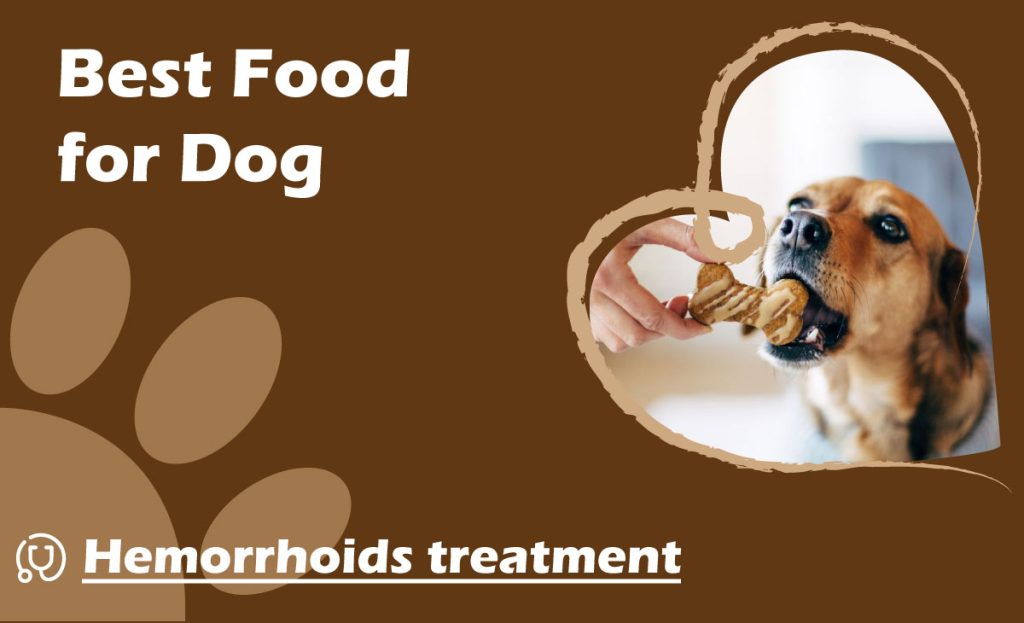Hemorrhoids are a well-known issue for humans, but what about dogs? Many dog lovers are unfamiliar with the idea of dogs developing hemorrhoids and may wonder if their furry companions can suffer from similar rectal discomfort.
Although it’s uncommon, dogs can experience hemorrhoid-like conditions, but they are often a result of other underlying issues.
In this blog, we’ll explore the possibility of dog hemorrhoids treatment, symptoms to look for, and how you can help your pet if they show signs of discomfort.
Let’s get a wing to it!
Can Dogs Get Hemorrhoids and Is Dog Hemorrhoid Treatment Available?
Technically speaking, dogs don’t get hemorrhoids in the same way humans do. Hemorrhoids in humans occur when the veins around the rectum become swollen due to factors like straining, chronic constipation, or even sitting for long periods.
Dogs, on the other hand, have a slightly different anatomy, and while they can experience rectal inflammation, it’s typically due to other underlying conditions, such as anal gland issues, infections, or rectal prolapse.
How Do I Know if My Pup Has a Hemorrhoid Before Getting Dog Hemorrhoid Treatment?
While actual hemorrhoids in dogs are rare, your dog may still exhibit symptoms that resemble those of hemorrhoids. Some common signs of hemorrhoids in dogs or related conditions include:
- Scooting: Dragging their rear on the floor in an attempt to alleviate discomfort.
- Licking the area: Frequent licking of the anus, indicating irritation.
- Swelling or redness around the rectal area.
- Blood in stool or around the rectum: If you notice blood clots in dogs, particularly after it defecate, this could indicate a more serious condition.
- Difficulty defecating: Straining or pain when trying to pass stool.
If you observe any of these symptoms, it’s essential to consult with your veterinarian. While you may think you’re seeing dog hemorrhoids, the underlying issue could be anal gland impaction, a rectal prolapse, or even a more serious condition like cancer.
What Causes Hemorrhoid-Like Symptoms in Dog Hemorrhoid Treatment?

Several factors can contribute to rectal discomfort or swelling in dogs. Some of the primary causes include:
- Constipation: Dogs that have difficulty passing stool may strain, leading to rectal inflammation or prolapse, which can mimic hemorrhoid symptoms.
- Anal gland issues: When a dog’s anal glands become impacted or infected, it can lead to swelling and pain in the rectal area.
- Allergies or infections: Inflammation due to allergies or infections can cause irritation and swelling.
- Inactivity and Obesity: Dogs who are overweight or lead a sedentary lifestyle may experience constipation or other digestive issues.
Dog Hemorrhoids Treatment at Home: What Can You Do?
For mild cases of rectal irritation or swelling, dog hemorrhoids treatment at home may be possible. Here are some steps you can take to alleviate your dog’s discomfort:
- Keep the area clean: Gently clean your dog’s rectal area with a damp, soft cloth to remove any dirt, fecal matter, or irritants. Avoid using harsh soaps or chemicals.
- Warm compresses: Applying a warm, damp cloth to the affected area can help reduce swelling and provide relief. Be sure to use lukewarm water to avoid burning your dog’s sensitive skin.
- Fiber-rich diet: Increasing your dog’s fiber intake can help alleviate constipation and make bowel movements easier. Feeding your dog pumpkin, green beans, or specialized high-fiber dog food may help.
- Hydration: Ensure your dog has access to plenty of fresh water, as dehydration can lead to constipation.
However, if the symptoms persist or worsen, it’s essential to visit your veterinarian for a proper diagnosis and treatment plan.
Can Dog Hemorrhoids Treatment Heal on Their Own?
Minor rectal swelling or irritation can sometimes resolve on its own, particularly if it’s caused by constipation or temporary irritation.
However, if the condition is due to impacted anal glands or a rectal prolapse, medical intervention will likely be necessary. It’s always better to err on the side of caution and consult your vet if you notice symptoms persisting for more than a day or two.
What Is the Best Food for Dog Hemorrhoids Treatment?

A high-fiber diet is key to preventing constipation and relieving symptoms associated with hemorrhoid-like conditions in dogs. What to feed a dog with hemorrhoids? Some excellent choices include:
- Canned pumpkin: Rich in fiber, pumpkin can help regulate your dog’s bowel movements.
- Green beans and carrots: These low-calorie vegetables are both fiber-rich and easy to incorporate into your dog’s meals.
- Specialized high-fiber dog food: Consult your veterinarian for recommendations on a diet tailored to your dog’s specific needs.
Tip: Make sure to check your pup for other diseases like prognathia, meningitis, or bursitis for better treatment options.
Conclusion
While dog hemorrhoids may not be as common as they are in humans, your dog can still experience rectal discomfort or swelling due to various underlying conditions.
Understanding the signs of hemorrhoids in dogs and providing the right dog hemorrhoids treatment at home can help ease your pet’s discomfort. However, always consult your vet for a proper diagnosis, especially if the symptoms persist or worsen.




